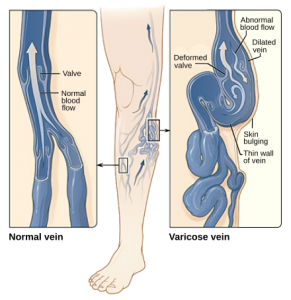What Are the Benefits of the Fractional CO2 Laser Treatment?
Treatments Abound
Currently, there are a lot of effective skin care treatments that reduce signs of aging and improve the condition of the skin. These treatments range from using simple topical creams to actual procedures that can be done to improve the skin’s condition. Laser treatments, in particular, are very popular skin care options and the technology used in the treatments continue to evolve—becoming more sophisticated and effective.
The Value of Healthy Glowing Skin
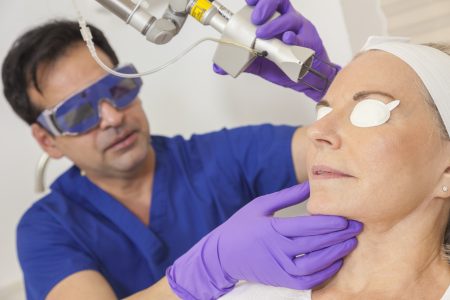
When it comes to skincare, the aim is always to maintain blemish-free, glowing, and youthful-looking skin. This is especially true for the skin on our face as we age. After all, our face is the first thing others may notice about us, so the skin thereof plays an important part in how we feel about our social interactions with others.
Great-looking skin tends to give us more confidence, while the opposite is also true—blemished or aged skin can negatively affect our self-esteem. Everything from fine lines and wrinkles to acne scars and age spots can affect the quality of our skin and our social confidence. It is, therefore, important that we take the steps necessary to take good care of our skin and enjoy the many benefits of proper skin care.
Overview: About the Fractional CO2 Laser Technology
Laser treatments, though more invasive than many topical skin care options are increasingly popular treatments. Laser technology can treat a number of skin conditions. One of the latest options—the fractional CO2 laser—uses the most advanced skin revitalization laser treatment technology and has been shown to produce astounding anti-aging results for skin care patients. In fact, studies prove that the fractional CO2 treatment not only reduces the effects of aging on the skin, but also reverses existing signs of aging, including:
– Acne and other trauma-related scars
– Age Spots
– Wrinkles
– Crow’s feet
– “Smoker’s Lines”
After just one treatment, skin appears significantly healthier, rejuvenated, and smoother than prior to the treatment.
How It Works
The fractional CO2 laser treatment works by using a pattern of carbon dioxide laser beams to treat the skin below the surface. A doctor sends carbon dioxide beams into the skin. The beams create strategically-placed microscopic holes in the skin that allow the body to start producing more collagen. Collagen is the body’s natural hormone that keeps the skin healthy and youthful.
The secret to the effectiveness of the fractional CO2 laser technology rests in the fragmented nature of its treatment patterns. This treatment does not allow its laser energy to affect all parts of the skin at once. Instead, it affects a portion of the skin and not the entire skin’s surface. This allows the recovery time to speed up, thereby enhancing results. Patients are usually fully healed within four to five days on average.
What to Expect With the Fractional CO2 Laser Treatment
The QuadraLASE Fractional CO2 Laser treatment has many important features. For starters, the treatment sessions are not very long. Each session lasts an average of one hour. Additionally, while the treatment is not in any way painful, there are some sensations that patients can look out for. These sensations include a slight sunburned feeling accompanied by some peeling. Thankfully, these symptoms usually pass within the average healing and recovery time of about four to five days.
The results, however, are practically immediate, and patients will notice that their scars, wrinkles, age spots, and other skin conditions are far less noticeable as the skin continues to heal. As time goes on, the skin continues to clear as the newly-produced collagen helps the skin become tight, moisturized, and vibrant. Finally, the QuadraLASE Fractional CO2 laser treatment produces permanent results. Over time, it reduces the need for using over-the-counter topical treatments—making the treatment a real, lasting solution.
Additionally, it is possible to use the fractional CO2 laser treatment on the neck as well. Depending on the patient’s condition, a doctor may use the laser to spot treat specific problem areas. After all, all skin ages and oftentimes, most don’t think about the neck as a prime spot for anti-aging treatments.
As you consider the fractional CO2 laser treatment, remember that this will naturally cost more than everyday over-the-counter options you may already use. That said, it is a worthy investment as the treatment continues to pay for itself in value as time goes on. Having amazing, vibrant, and glowing skin is already worth its weight in gold. Of course, the confidence you get from having that glowing, healthy, youthful skin is the icing on the cake.
Am I a Candidate for Fractional CO2 Laser Treatments?
Science and research back the fractional CO2 laser technology. We offer this treatment because our certified and experienced dermatologists have carefully vetted the treatment and seen real results.
Now is the perfect time to undergo this treatment. Since you spend less time outside and more time bundled up, your skin will be more likely to be protected while it heals. Also, if you have this treatment now, your skin will be beautiful, and glowing when the warm weather hits.
We are not able to treat without first having a consultation with each patient. This helps us guarantee that the treatment will be safe and effective for the individual and his or her needs. We also do the consultations to manage expectations. There is a $50 consultation fee that goes towards the price of the treatment.
Universal Dermatology believes in being transparent with our prices and services. Therefore, we would like to let you know that the price ranges from $1000 to $3100 for eye or lip area only up to entire face, neck, and chest. Insurance does not cover this procedure.
To get started weighing your treatment options, contact our office today.
Lear MoreVARICOSE VEINS: DEFINITION, CAUSES AND TREATMENT
Varicose veins and spider veins: We always hear them spoken in the same breath. Are they the same, though? Should you be worried about the affect varicose veins can have on your health? Let’s take a look at the most commonly asked questions regarding varicose veins.
What Are Varicose Veins and How Are They Different from Spider Veins?
Varicose veins are enlarged, twisted veins that are visible at skin level. Varicose veins indicate that blood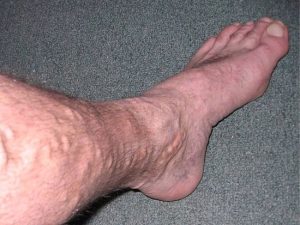
Varicose veins are usually bigger and deeper than spider veins and are typically located in the legs. They are more major blood return pathways, however, there are numerous “collateral” veins that pick up the slack once the varicose vein is eliminated.
This is an important note because a common misconception/fear around treating varicose veins is you are eliminating important pathways for your blood. In reality, this allows the other veins to work better because blood is avoiding a path where there is resistance.
Instead, blood begins going down pathways that are open and working freely, so there is no “traffic.”
What Causes Varicose Veins?
The simple cause is venous insufficiency. This means the veins aren’t working properly and there are a few reasons why this happens. It could be genetic. Mom or Dad had them and you simply have them because of genetics.
It could be that the patient worked on their feet for many years. In the case of extensive standing, gravity is always pulling blood down towards our feet, while our veins are trying to pull blood back up to our heart, so there’s a constant battle in that the veins are always working against gravity.
Venous insufficiency can also be worsened by pregnancy. You may have a baby in the belly that is pushing on veins and not allowing those veins to bring blood back up to the heart. The baby can cause resistance in the blood traveling from the lower legs to the heart.
How Do Varicose Veins Develop?
As veins are put under the tremendous stress of having to work against gravity, during pregnancy or after knee surgery or hip surgery, the quality of vein seals begins to decrease.
The seals in the valves inside the veins no longer make sufficient contact and they start to get stretched out which then allows blood to go backward, stretching them out even more. It basically becomes a vicious cycle.
As the vein keeps getting more and more dilated, the valves work less and less efficiently. Over time, the vein ceases function almost completely. At that point, the veins get so big that blood is basically just sitting there, pooling, not circulating back to the heart.
To combat this, the “bad traffic lane,” so to speak, needs to be avoided and the blood has to go a different route, a route that’s actually working. This way, the blood will move so much faster and more efficiently. The end goal is to get the blood to the heart and ultimately to the lungs t0 get appropriate oxygen again.
What Are the Effects of Blood Building up or Going the Opposite Way in the Body?
Initially, much swelling happens in the lower extremities as well as discoloration. Shins can become brown and hair on the legs can even stop growing. Circulation can become so poor that feet turn cold and you can develop open sores, like ulcers, which can bleed and refuse to heal. This becomes a hotbed for infection.
Additionally, patients tend to experience painful legs, heavy legs, aching, soreness, cramping, restless legs, and even trouble sleeping at night because of constant cramping and throbbing in the legs. While there are multiple reasons for restless leg syndrome, one of them is the poor circulation due to insufficient veins.
When Should a Patient Visit the Doctor About Possible Varicose Veins?
If a patient is experiencing symptoms, it’s probably already time to get the veins assessed, as many patients do not experience symptoms at the onset. Symptoms include pain, aching, soreness, cramping and swelling.
If these symptoms begin to interfere with your daily life and activities, it is time to visit the doctor. The ultrasound for diagnosis is painless and takes just 20-30 minutes to complete. It’s a quick, easy and non-invasive screening test. It is good for peace of mind to know if you’re dealing with varicose veins, at risk of a more serious condition, or even something unrelated/benign.
It also allows patients time to prepare for eventual treatment such as wearing compressions to battle insufficiency.
How Are Varicose Veins Diagnosed?
Before beginning any treatment, you should rely on information revealed in an ultrasound of the legs. This shows how blood is flowing, if there is any backflow going the wrong direction, and if the veins
have been stretched out or dilated. Once the veins become stretched out and dilated, the little doors inside the vein that are supposed to keep blood going in only one direction no longer make a good seal, so blood goes in the wrong direction and they become leaky. Normal veins have tight valves that
don’t let the blood go in the wrong direction. In the progression of varicose veins, those valves stop working, blood starts going backward, veins begin to stretch, and other symptoms appear, like swelling and discoloration.
What Other Diagnoses Could These Symptoms Indicate Other Than Varicose Veins?
If the veins are competent, meaning the patient is not getting backflow of blood and the veins are not too stretched out, then circulation issues, such as varicose veins, are eliminated from the discussion.
It could be arthritis, a nerve pinch, or diabetes. Restless leg syndrome and other musculoskeletal or vascular issues are also in the conversation.
Does Insurance Cover the Ultrasound?
Yes. If there is reason for investigation, symptoms like pain, swelling, or aching, insurance should definitely help pay for that.
What Is the Treatment Option?
Cap treatment is most prominent. The cap, is endovenous, meaning it is an “inside the vein” laser. A little wire is inserted into the bad vein using ultrasound to help locate the treatment point exactly. The ultrasound tells us that we’re in the vein and we’re using the laser in the correct area. The cap then seals the poorly-functioning varicose vein
In terms of pain, most people are not bothered. Some local numbing is issued around the vein that is going to get lasered. A few shots of numbing make it very comfortable. The shots feel like pressure and the laser procedure itself has been described as a tugging feeling. Patients feel a little bit of pushing and pulling but there’s no sharp pain.
How Does Quickly Does the Endovenous Laser Work?
The endovenous laser is made up of a catheter that seals the vein shut immediately. After a week, the ultrasound shows over 99% of the time that that vein has been shut down and is already recirculating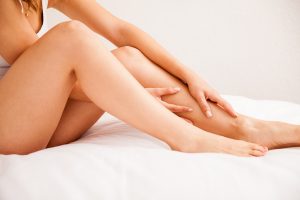
What Are the Risks if Varicose Veins Are Left Untreated?
The biggest worry is developing a venous ulcer. It can bleed and become infected, serving as an entryway for bacteria to get into the bloodstream. When the skin breaks down like that because the blood is literally not moving, worsening symptoms can result.
Another concern is blood clots causing thrombosis in the deep vein. Those can be extremely painful, but more importantly, can then become embolized which means the clot shoots off and travels up to the heart and then to the lungs, which then can cause a pulmonary embolus. This blocks blood flow to the lungs, so the patients do not oxygenate. Pulmonary embolisms are truly life-threatening.
As far as smaller issues, patients can accumulate a lot of swelling which can then make it hard to move. It can cause rashes on the skin because the skin doesn’t like it when the blood isn’t moving around and is just pooling. The patient can contract a type of dermatitis called stasis dermatitis. That is when the blood just stays down in the lower legs and doesn’t move much. As the blood is pooling there, the iron in the red blood cells can stain brown in the skin. This is coupled with an itchy rash.
Why Are Varicose Veins Most Common in the Legs?
Simply put, if veins in the legs have to work against gravity to push blood up to the heart, they can wear out and become incompetent.
Typically, a saphenous vein is affected. These are one of the main veins on either side of your legs. There is upper and lower half to it so patients can technically have up to four areas that need to be treated. The ultrasound guides the doctor in diagnosing the troubled regions. The ultrasound might say “Your left lower is working just fine. It’s your left upper that needs attention and immediate treatment.” A few years later, the lower half may require treatment, but that wasn’t the initial need. Insurance companies rely on the ultrasound to diagnose severity and essentially decide when treatment will be accepted.
If you have additional questions or are struggling with the possibility of varicose veins, contact Universal Dermatology.
Lear MoreSPIDER VEINS – DEFINITION, CAUSES AND TREATMENTS
Spider veins. We’ve all heard the complaints, especially during shorts season.
“My legs look terrible!”
“How did this happen?”
“Am I going to look like this forever?”
The good news is spider veins are not medically dangerous and are easily treatable. (more…)
Tips to Prepare for Laser Tattoo Removal Treatment
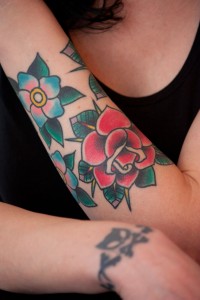
When considering tattoo removal, one of the wisest tips is to consider your options. Older removal techniques that included surgical excision, dermabrasion, salabrasion, chemical peels, and cryosurgery have largely been abandoned because they usually failed to deliver desirable results and included adverse side effects.
Although the most common side effects of hypopigmentation and scarring may still occur in some individuals, the new generation of Q-switched Alexanderite and Nd-Yag lasers have produced outcomes that are more favorable. Color and absorption characteristic of the ink used in the tattoo slated for removal will help determine the ideal laser for use in the process.
The Alexandrite is effective for removal of black, blue, and green inks. It penetrates to a depth of approximately 1mm and has spot sizes up to 6.5mm. The Nd-Yag system doesn’t involve excessive melanin absorption and is used to remove blue and black inks in darker skin types along with red pigment.
Patients should remain aware, however, that removal of intricate and colorful tattoos can present a challenge as both lasers may be required with treatment occurring over several sessions. Mild, pinpoint bleeding can occur following the procedure. The patient’s skin type can affect response to treatment. Complete pigment removal is often more difficult in lighter-skilled individuals, while some older tattoos also may not be completely removed as some pigment may have penetrated too deeply for removal.
Prevention tips to achieve the best results when considering tattoo removal include waiting to have treatment until summer suntans are mostly gone. Lasers can darken or lighten skin pigment around the tattoo Apply sunscreen before and after treatments to minimize pigment changes. If skin darkening concerns you, have your doctor test the laser on a small spot first.
Lear More
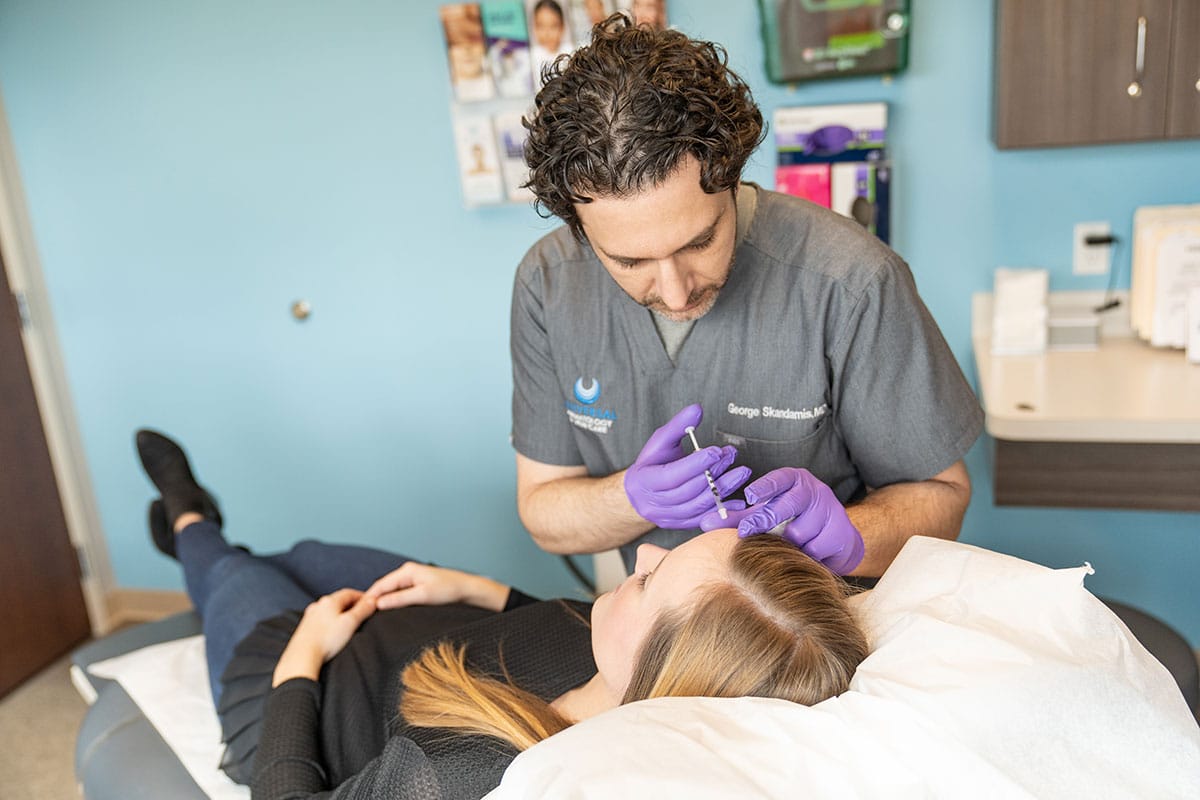 Our Dermatologists
Our Dermatologists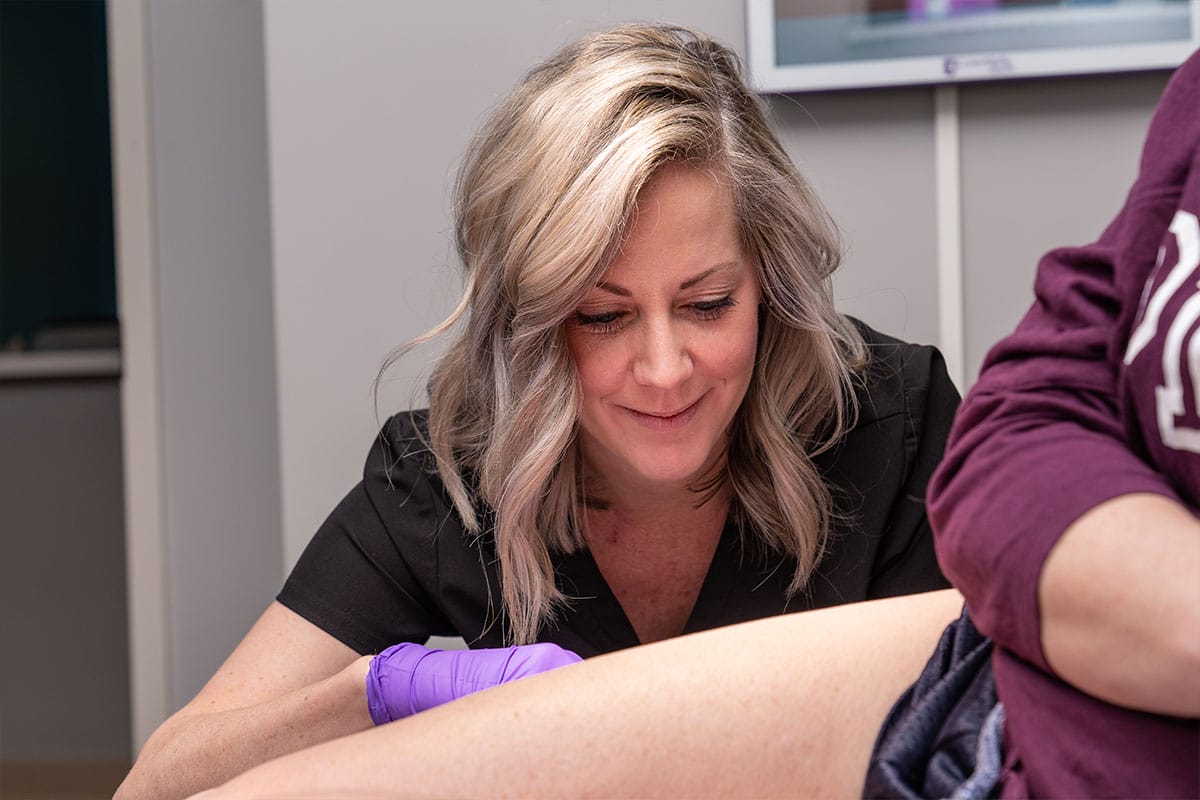 Our Providers
Our Providers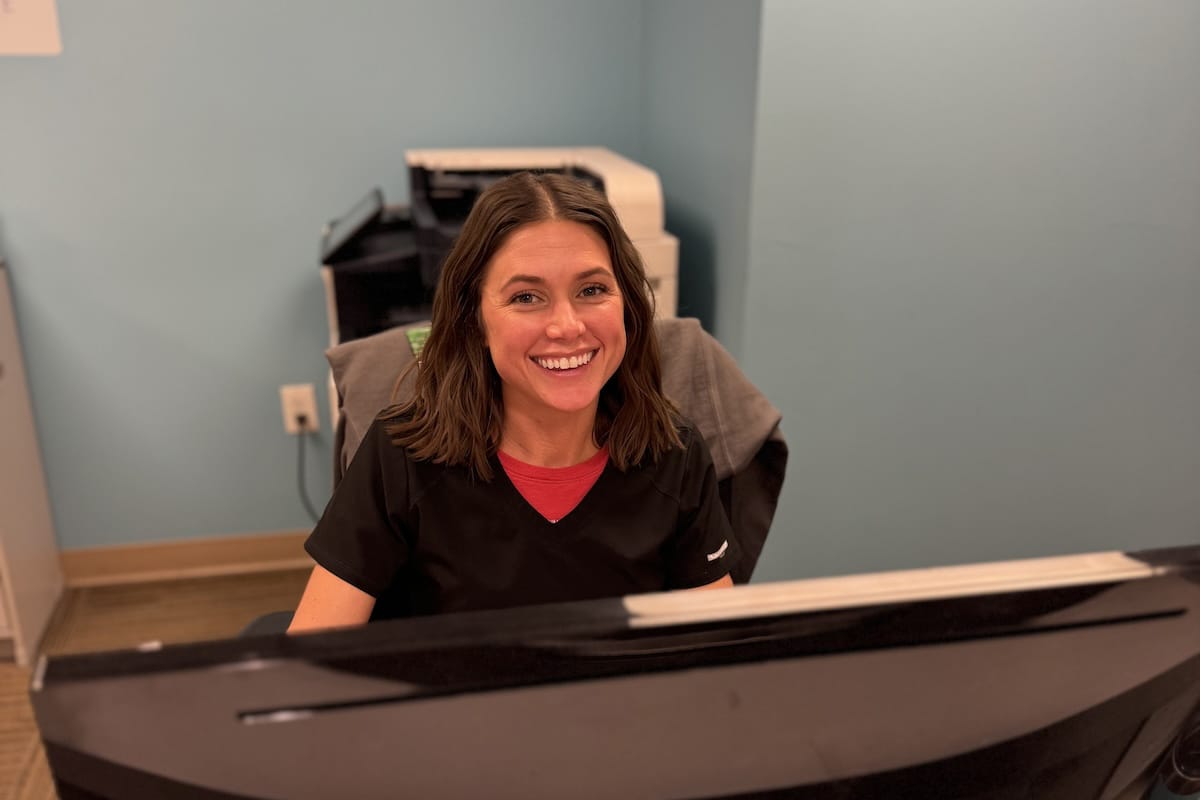 Our Staff
Our Staff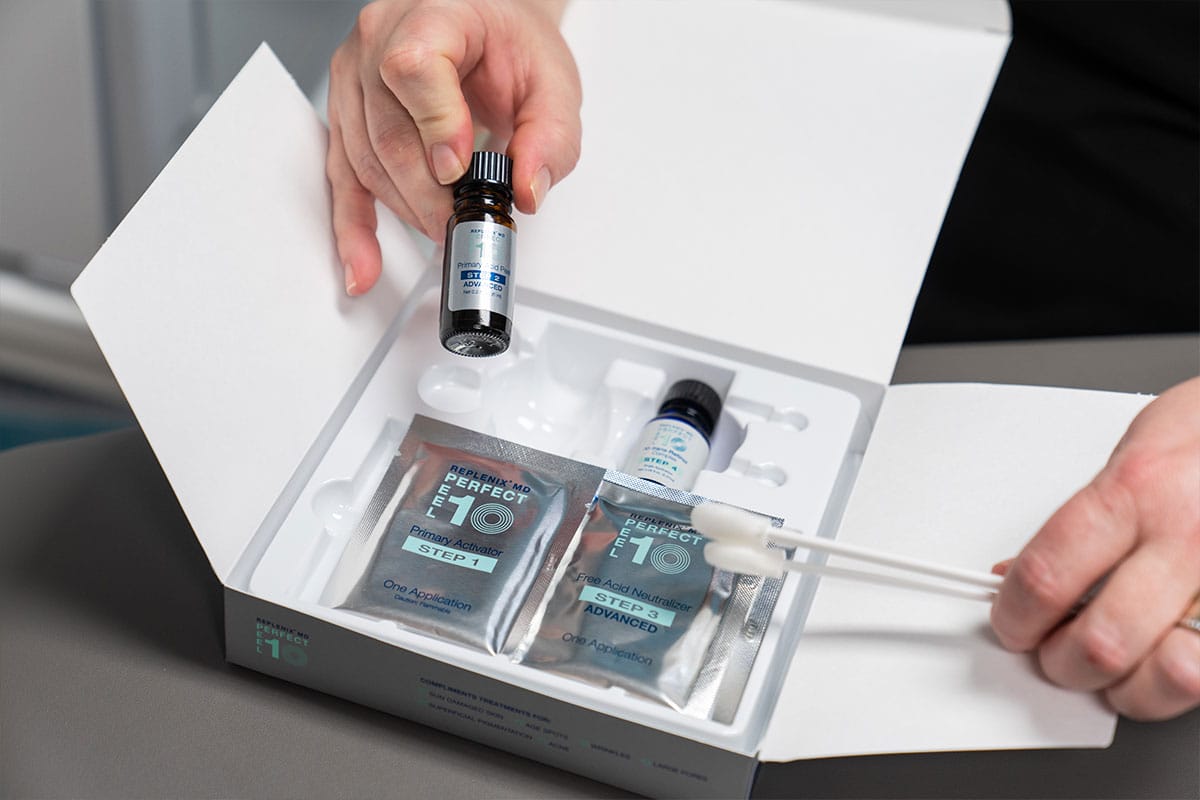 Specials
Specials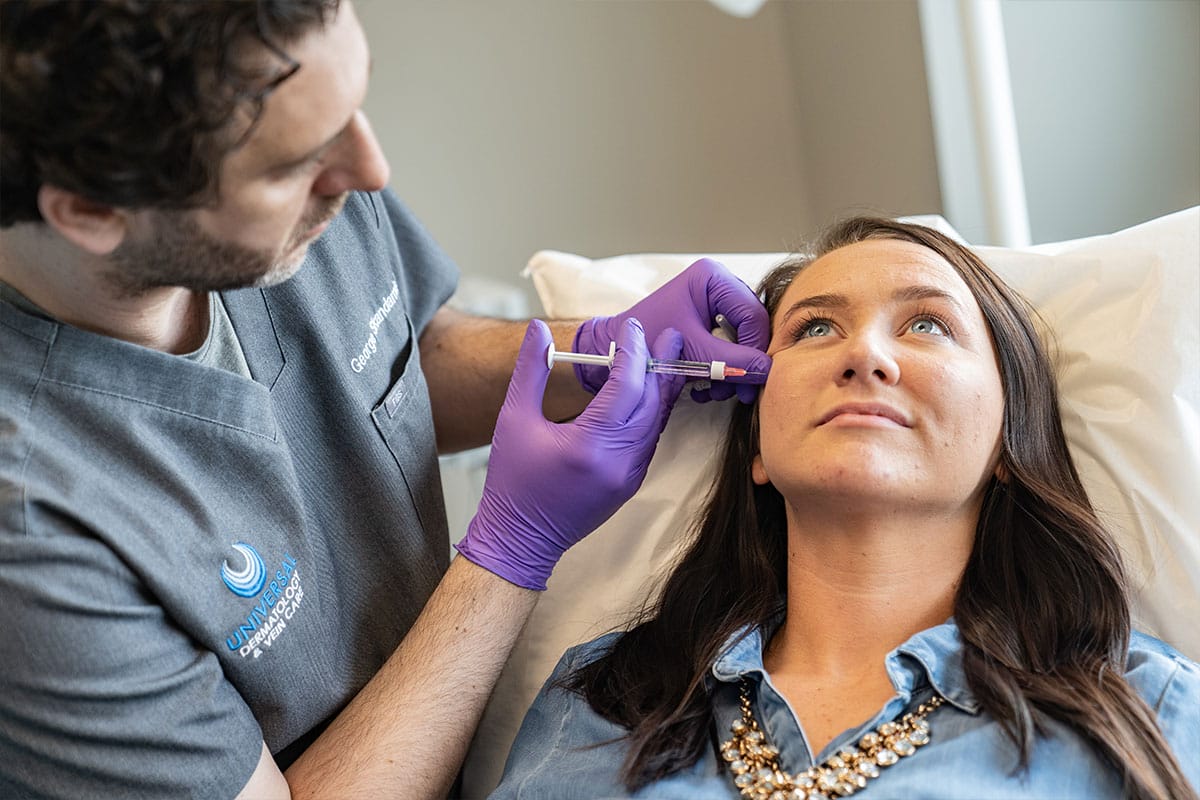 Financing
Financing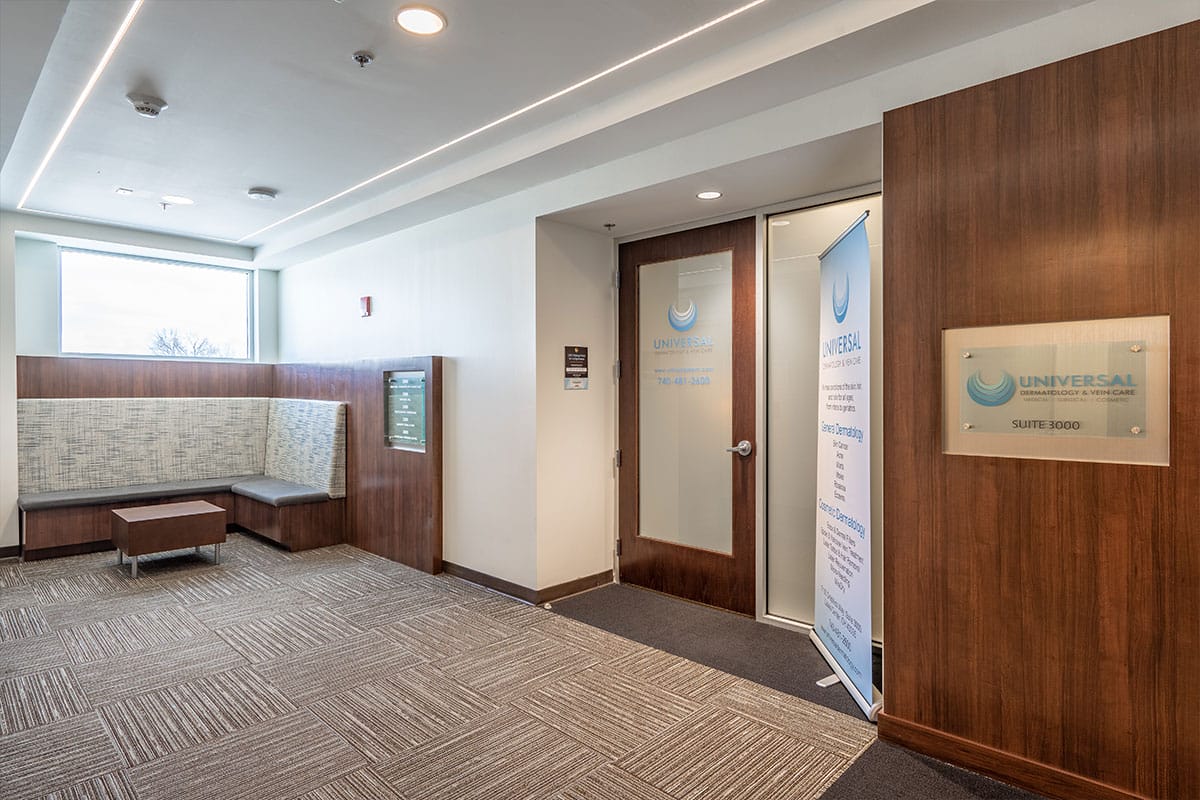 Pay Bill Online
Pay Bill Online

